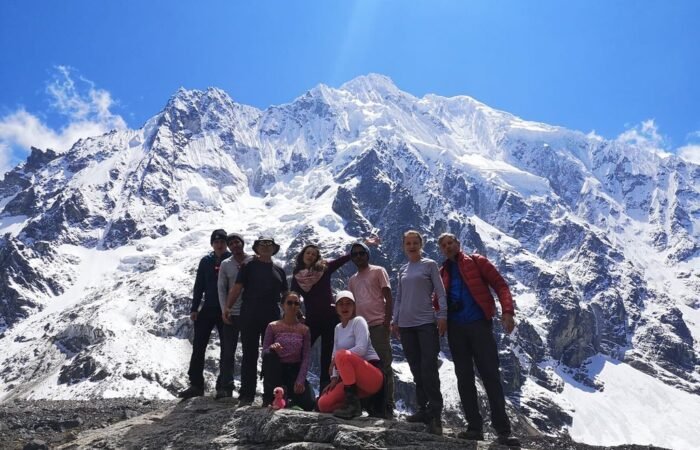The optimal time for the Salkantay Trek is during the dry season in the Cusco region of Peru, typically from April to October. During this period, you can expect more stable weather conditions and moderate temperatures, facilitating the trek and enhancing the overall experience. Here are some considerations for the seasons:
Dry Season (April to October): This is the high season for the Salkantay Trek. During these months, the weather is generally drier, with sunny days and pleasant daytime temperatures. Nights can be cold, especially at higher altitudes, but overall, this is an excellent time for trekking with more predictable weather conditions.
Rainy Season (November to February: During these months, the region experiences the rainy season, which can make the trek more challenging. Rainfall can create slippery trails and increase the risk of avalanches in some areas. However, some adventurers choose to undertake the trek during this time, as the landscapes are greener and lusher, and there are fewer tourists.
Keep in mind that availability and exact conditions can vary, and it’s always advisable to check specific weather conditions and dates. Regardless of the season, it is essential to be prepared for different weather conditions and have the right equipment to fully enjoy the Salkantay Trek.



















































